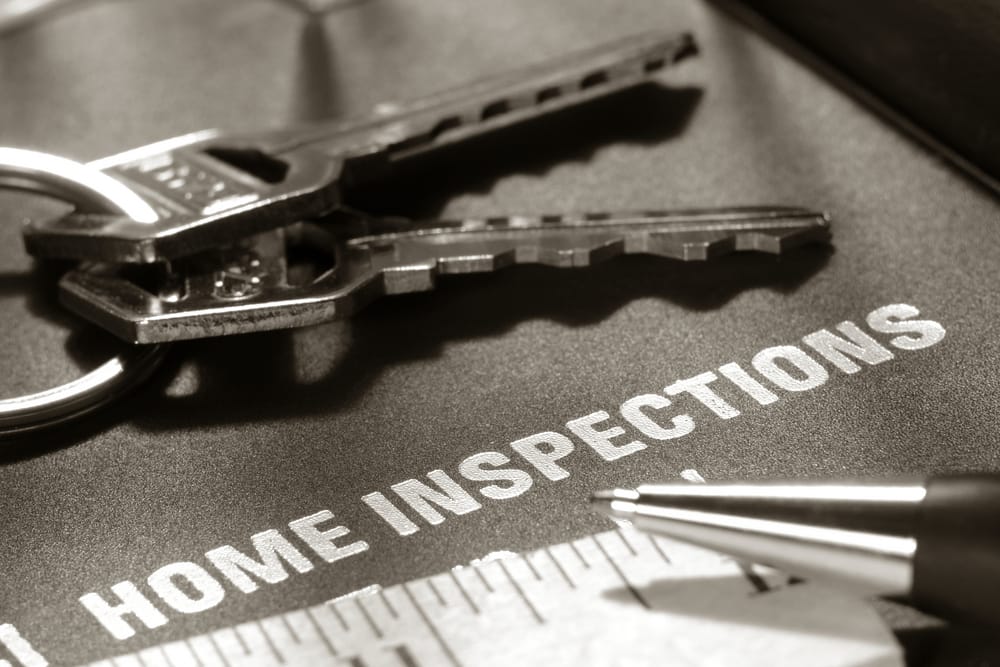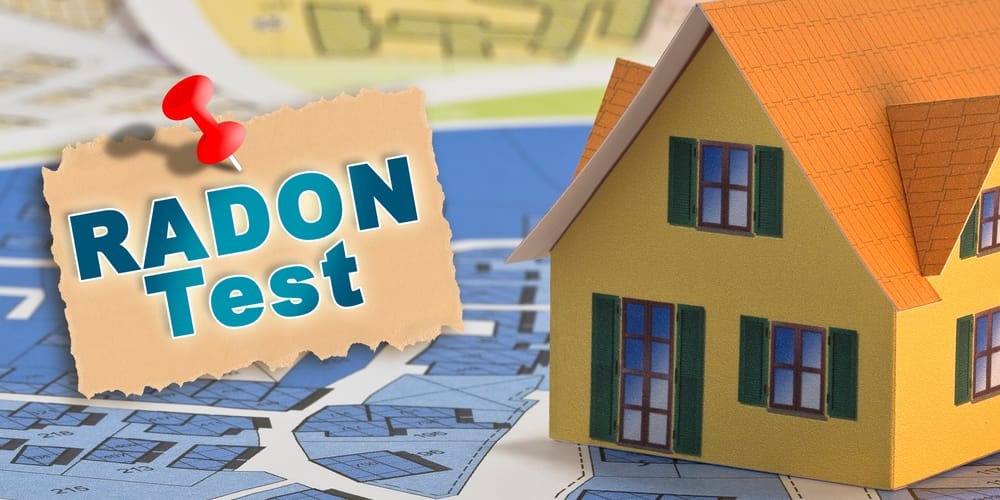In part one of this two-part blog series, we went over some of the early history and importance of home inspection reports. These reports have been part of the homebuying experience for decades, but standardization and governing bodies have come a long way over this period of time, making them far more effective and useful today than they would have been in the 1970s or 1980s.
At Aerolite Consulting, we’re here to provide a variety of home inspections, energy audits and environmental contaminant inspections for potential homebuyers. The reports we provide clients are both detailed and accurate, assessing numerous potential areas of the home and helping them remedy any poor conditions that should be handled by the seller before the sale is completed. In today’s part two of our series, we’ll go over the modern evolution of home inspection reports and how to read them, plus some of the formats you will often see used for today’s reports.
Report Content Types
As we noted in part one, inspection reports will include a few different types of content. They will generally begin with the basic information covering the home, client, proportions and the year the home was built in.
From here, the report will dig into the main body – this will be done either using a checklist, which we went over in part one, or narrative sections, which we’ll discuss below. In many cases, a combination of the two will be used. Finally, other information will be found outside the main body of the report, such as basic disclaimers, a summary of the report and major issues, plus the inspector’s credentials and certifications.
Narrative Sections
As we noted above and discussed in part one, narrative reports for home inspections have become more common in modern times. These are more detailed than checklist reports, using written language to describe conditions specifically. They will generally be split into three sections:
- Description of the problem
- Sentence or paragraph describing the severity of a given issue, plus the potential results of it moving forward – will the problem worsen? What kind of risks does it pose?
- A recommendation for specific action, further evaluation or some other approach that will remedy the issue and inform the seller on how to proceed.
Reporting Software
One broad theme that’s made every part of home inspection reports simpler and more straightforward: Reporting software. Reports in the past were written 100% by hand, but computers and software make this much easier to navigate – plus allow for additional detail that wouldn’t have been realistic. In today’s inspection world, many inspectors will be complete with an iPad or similar device for recording much more extensive inspection details.
For more on the history and evolution of the home inspection report, or to learn about any of our home testing services, speak to the staff at Aerolite Consulting today.





